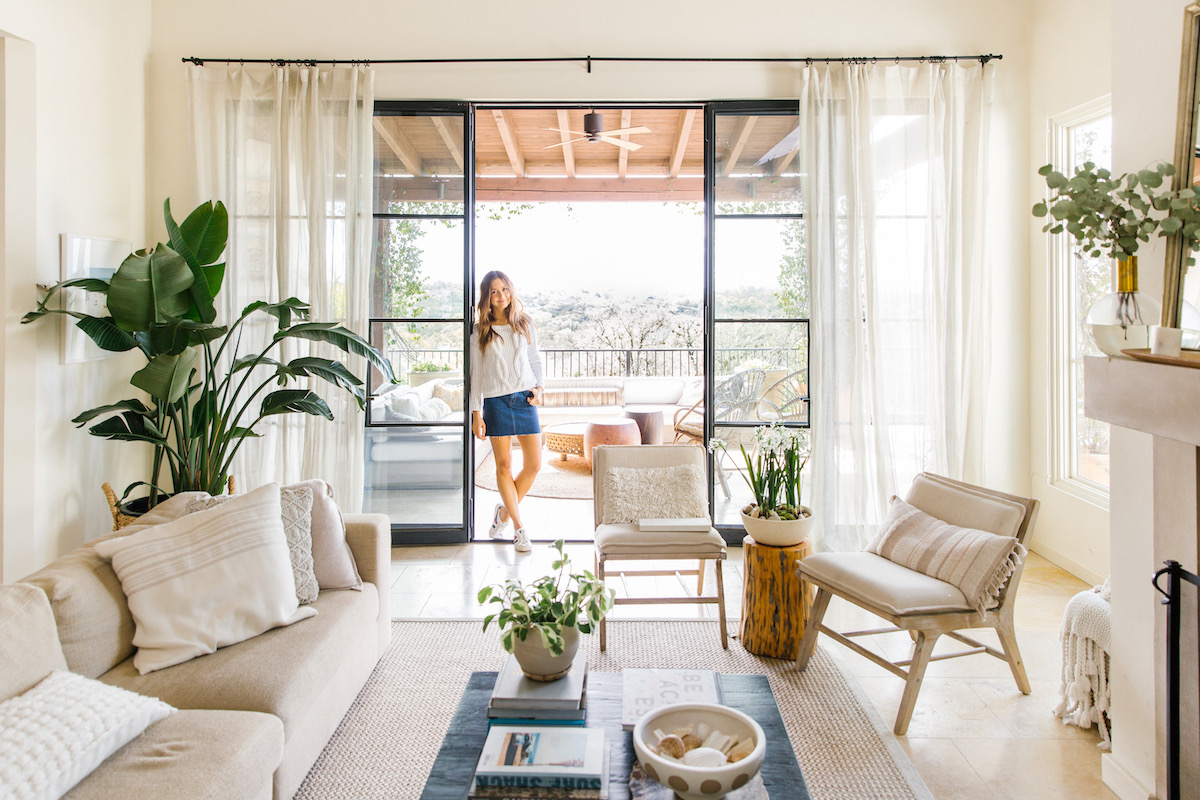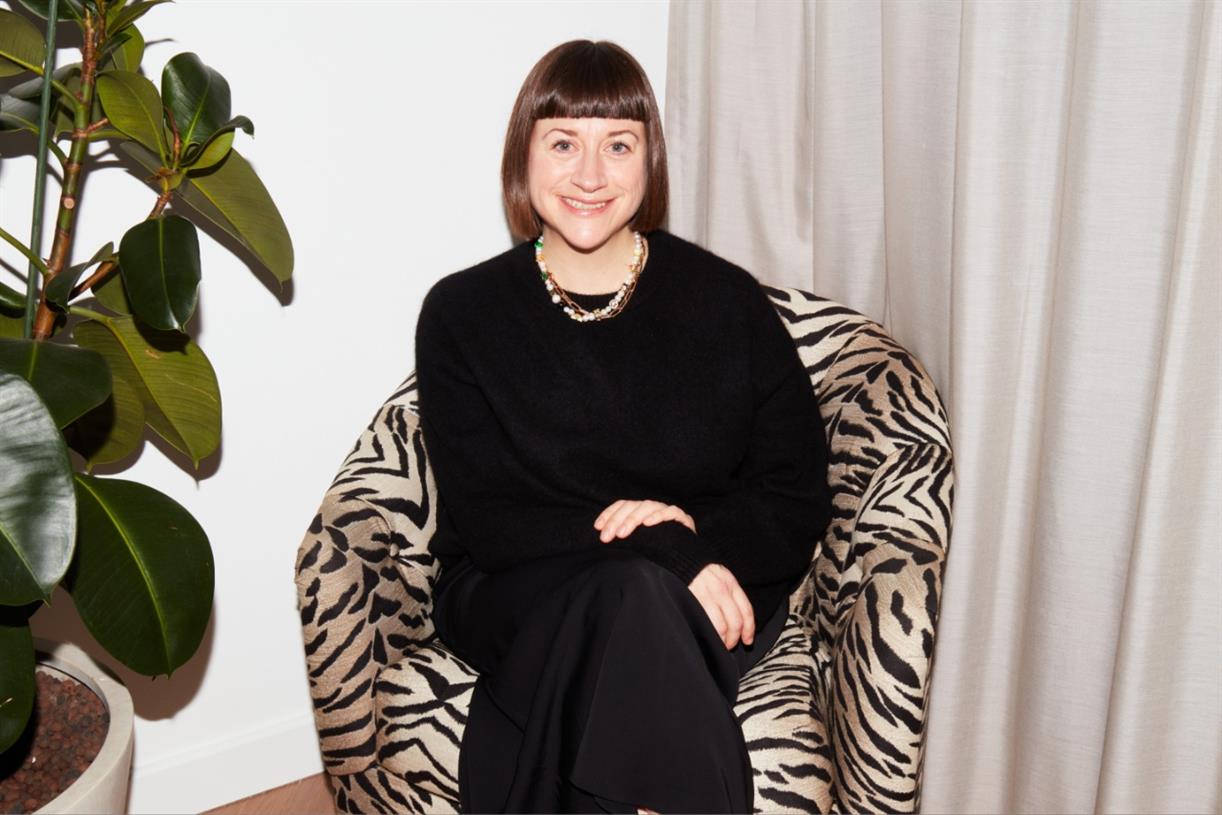The Mila Air Purifier Is Stylish and Smart (but Expensive)
There's a lot to like about the highly customized experience that Mila offers—if you can afford it.

There's a lot to like about the highly customized experience that Mila offers—if you can afford it.
We may earn a commission from links on this page.

Credit: Image courtesy of Amazon
Most people looking for air purifiers need it for one of two reasons: The first are people who are concerned with occasional threats to air quality from pollution or wildfires. The second are people who are using purifiers as a constant preventative health measure against pollen or viruses like COVID. Which kind of user you are will determine what purifier you end up buying—some purifiers are better at screening for viruses, and some are easier to stow away for occasional use. Mila, one of a new crop of smart purifiers, tries to hedge its bets by having solutions for everyone through different filters, while losing the clinical appearance most purifiers have in favor of a modern design. There were many things I liked about Mila, including how big an area it covered (as big as 950 square feet depending on which filter you choose), and the reporting available in the Mila app. Still, it’s expensive compared to purifiers covering that size range (prices start at $399 and go up depending on which filters you choose). While the Mila worked well, with a lot of traditional purifier companies adding wifi capability to their existing lines of purifiers, I think Mila is best suited for someone who really values the design and is willing to pay extra for it.
A new design
Most consumer air purifiers are small white towers, and they can scale up in size to cover larger areas. Models by Levoit, Medify and BlueAir would all look at home in any medical office. New players in consumer purifiers have tried to move away from that clinical design, and sometimes it doesn’t work well, as with the Dreo model I recently reviewed. But Mila has chosen a modern, squat design that mixes wood with the perforated white plastic you’re used to, with some nice curves to make the purifier look more natural in your home. In losing the “tower,” Mila has a bigger footprint than other purifiers, 12 inches square and 15 inches tall; it could pass as a footstool. The top of the purifier is where the interface lies, and the nice thing about Mila is you can operate it without ever even installing the Mila app. It came ready to go out of the box, unwrap it, plug it in and turn it on. But it would strain the imagination to think you’d pay the premium for a smart purifier and not choose to use that function. Luckily, the Mila app works well. The purifier paired quickly and without problem, and remained paired the entire time I tested the Mila.
Automagical mode
An aspect of the Mila app I really liked was that by guiding you through basic questions about your home and the occupants, it revealed functions of the purifier you might not have bothered to learn about. This is the first way that Mila really allows you to customize your experience—through its “modes.” In essence, you can manually set a power level for purification, or you can allow the Mila to self-determine the power level needed to achieve a pollutant-free room. You might, like I did, wonder why you’d ever choose the former over the latter, and that comes down to the point I made originally: It depends on what kind of user you are. On some higher settings, like all purifiers, the Mila can be loud. It never rose to a level that would prevent a phone call—it’s merely a background white noise. Still, I could see how people could find it annoying enough to only use that kind of power level when necessary due to air quality issues. But if you’re a new parent, or someone who is using the purifier to avoid COVID or allergens, the reassurance of having a setting that readjusts to always keep the room clean is clutch, and unique to the Mila.
Seven different filter experiences
While most purifiers have a filter you replace every six months, Mila offers seven different kinds of filters, all based on what kind of user you are. A few examples include one for parents, pet owners, allergy sufferers, or someone who’s looking for the highest level of air scrubbing possible. I chose that last one, called the Overreactor. Each filter has different levels of HEPA or additional filters, but they also affect how big an area the purifier really covers, and it’s a big variable. The “Mama to Be” Filter only covers 540 square feet, versus “Big Sneeze,” which covers 950. Replacement filters were also on the high side—as much as $115 for the Overreactor.
Smart advantages
A smart purifier has a few advantages that are worth considering. The first is that most purifiers recommend you replace filters every six months, but that’s really generic advice. If you’ve been through a period of bad air quality, you may need it replaced sooner; if you only bring it out occasionally, it can go a bit longer and replacing it early is a waste of money. Smart purifiers tell you precisely when to replace a filter based on real-time usage. With the cost of these filters, that feels important. The second advantage is that you can turn the filter on remotely, or use it in automations, using air quality as the trigger. If you’re a new parent, you don’t need the purifier going while you’re in the hospital delivering, but you want to turn it on about an hour before you get home, for instance.
Performs mostly as promised
In terms of actual performance, I used the Mila in my bedroom, a space well under the 720 square feet the Overreactor covered. I used two air quality sensors to measure the pollutants in the room, and I kept the purifier on “Bubble Boy” mode throughout to test how much mileage I’d get out of the filters and if the Mila could keep its promise of keeping the room 99.97% free of pollutants. During the month I had the Mila, my shedding dog was constantly in the space. I had some light construction done in my closet on one occasion, and we went through two bad air quality index days; on more than a few days, the pollen was off the charts. The AQI (air quality index) in the room dipped as low as 96% on two occasions, but only for an hour, once after the construction and once on a bad pollen day. Otherwise, it remained at 99%.
Bottom line: Mila works but is still expensive
I like the Mila, particularly the auto mode that just does what’s required to keep the space clean, and I really liked knowing when I’ll need to replace the filters, and being able to turn the whole thing on and off remotely. However, if you’re looking to clean for viruses, other filters screen for smaller particles. The Mila screens down to .03 micron, but Medify and others screen down to .01 micron. Also, the cost of filters and the purifier itself is concerning, particularly when you choose a filter that restricts the square footage covered to 540 square feet. Other filters cover the same area at less than half the price, even smart ones like Levoit. However, if you’re looking for a highly personalized, highly stylized experience, I have no complaints about the Mila. If it went through a dramatic price reduction, it’d be a rave.

 JaneWalter
JaneWalter 
































